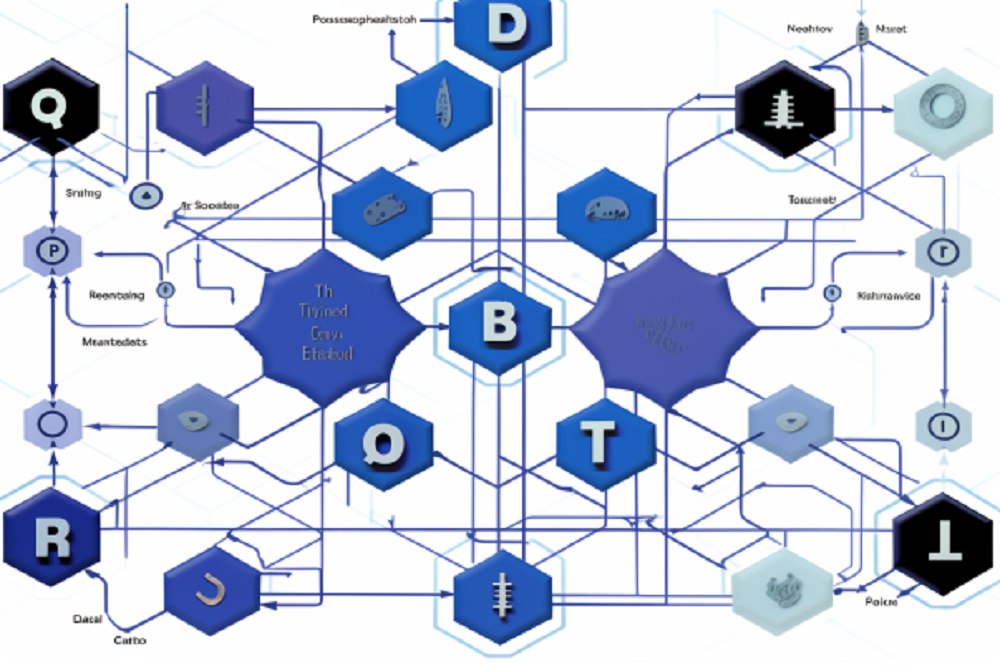The Nakamoto consensus is a cornerstone of the Bitcoin network. Also known as proof-of-work (PoW), this consensus mechanism addresses the double-spending problem, fosters trustless transactions, and propels the growth of blockchain technology.
This guide overviews the Nakamoto Consensus, exploring its strengths, limitations, and future outlook.
Background Of Nakamoto Consensus
Satoshi Nakamoto envisioned a decentralized network capable of collectively deciding transaction orders, ensuring system security through consensus. In October 2008, Nakamoto’s white paper unveiled the fundamental ideas of Bitcoin.
It proposed a peer-to-peer electronic cash system with the maintenance of an open ledger with nodes. The Nakamoto consensus was pivotal in achieving consensus within this decentralized network.
Nodes And The Bitcoin Network
Within the Bitcoin network, nodes (whether full or miner nodes) play vital roles. Full nodes serve as guardians, upholding the entire blockchain with a comprehensive ledger.
They validate transactions and ensure adherence to network rules for ultimate security and trust. Meanwhile, miner nodes compete to add transactions by solving complex puzzles. Their reward includes transaction fees and new BTCs.
This energy-intensive process, a backbone of the Nakamoto consensus, prevents malicious intent.
Proof-Of-Work In Nakamoto Consensus
The proof-of-work (PoW) mechanism is central to the Nakamoto consensus, a brilliant design fortifying the Bitcoin network against fraud and preserving its decentralized nature. Miners are tasked with solving intricate cryptographic puzzles, a pivotal aspect of PoW.
This entails finding a nonce that yields a hash with specific properties when hashed with a block’s contents. Despite its demands, the PoW process grants the blockchain immutability and security.
Nonetheless, intense miner competition creates an environment where manipulation and attacks are prohibitively expensive, enhancing the network’s resilience against adversarial forces.
Longest Chain Rule
The longest chain rule is pivotal to achieving consensus in the evolution of blockchains. As miners tackle computational challenges concurrently, competing chains emerge. The rule designates the chain with the highest computational effort as authentic.
The acknowledged blockchain mirrors honest participants’ collective efforts, ensuring trust in a unified ledger.
Consensus In Traditional Systems Vs. Nakamoto Consensus
Meanwhile, the Nakamoto consensus contrasts sharply with consensus mechanisms in traditional systems. These distinctions include varying philosophies and operational mechanisms, emphasizing the uniqueness of Nakamoto’s consensus.
Bitcoin owes its secure and transparent digital currency status to the Nakamoto consensus. Combining decentralization, trustlessness, and a competitive consensus mechanism driven by PoW is a custom implementation of Byzantine fault tolerance (BFT).
Competitive Process Vs. Deterministic Approach
The Nakamoto consensus relies on miners solving cryptographic puzzles to validate transactions. Although lacking instantaneous finality, this approach is designed to withstand Byzantine failures.
However, traditional BFT systems involve a predetermined set of validators, making them suitable for permissioned networks. Their deterministic nature ensures rapid finality, albeit potentially at the cost of decentralization compared to Nakamoto’s consensus.
Limitations Of Nakamoto Consensus
Despite its many benefits, the Nakamoto consensus has limitations that impact its applicability and effectiveness.
Scalability Concerns
A primary challenge is scalability. As the network grows, the transaction volume and computational power demands for mining increase. This surge can lead to scalability issues, causing elevated transaction costs and slower confirmation times.
Furthermore, when applied to systems demanding high throughput, the Nakamoto consensus faces constraints.
Energy Consumption Problems
The energy-intensive PoW method, integral to Nakamoto’s consensus, raises environmental concerns.
However, projects are utilizing energy-efficient hardware and renewable energy sources to mitigate the environmental impact, ensuring the long-term viability of blockchain systems using the Nakamoto consensus.
Vulnerability To 51% Attacks
While Nakamoto Consensus boasts security features, it is not immune to a 51% attack. The consensus is jeopardized if a single entity gains control of over 50% of the network’s processing capacity.
The decentralized nature and computational costs serve as deterrents, but the potential risk underscores the need for ongoing vigilance.
Risk Of Network Division
Community disagreements can trigger network bifurcation or hard forks. Such splits create distinct chains, which are confusing within the ecosystem.
While Nakamoto’s consensus seeks to maintain stability, the risk of network division underscores the importance of community cohesion.
Future Trajectory Of Nakamoto Consensus
The future of the Nakamoto consensus depends on continuous evolution and adaptation. Research and innovation remain paramount to ensure that the Nakamoto consensus remains a relevant component of blockchain technology.
Regardless, the Nakamoto consensus continues to shape the future of decentralized systems.
